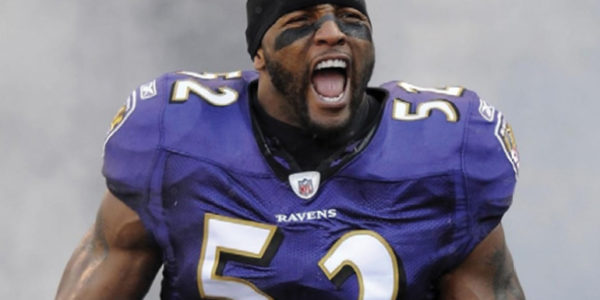Good, great, All Star, Superstar. There are many different talent levels in the world of sports. Fringe players, everyday players, stars, etc. Within each different level, think high school, college, professional, there is a baseline the player must meet in order to have a shot at playing at that particular level. Let’s take a look into what that “baseline” level is and how it can be achieved.
We will start with high school baseball. What does it take to play high school baseball? That depends largely upon where you play. So let’s take a different metric, what does it take to play high school baseball at a level that will allow the player to play at the college level? The biggest thing the “next level” looks for are tools. How hard does he throw, how much extra base power does he display, does he have the ability to have extra base power, is he fast, etc. The majority of people do not believe that this raw ability can be taught. As a result, they would rather take a high school pitcher throwing 89-91 that is all over the place instead of the guy that is 78-80 with impeccable command. Why? Hitters at the next level will crush 78-80 whether it’s on the black or not. The guy with 91 in his pocket has a shot if they can teach him command. The same thing goes for hitters or anything else. They want the guy that’s two for four with a double, home run, and two strikeouts over the guy four for four with three seeing eye singles. With this knowledge, we now know what we should spend our time developing.
Getting “good” is fairly simple. There are several things the player needs to do to get “good”.
These are:
Work consistently
Baseball ability (throwing, hitting, running)
Weight room
Lifestyle (sleep, nutrition, time management)
Although these are not in any particular order, work consistently may be the most important of the above factors. The “perfect program” is not needed to get good. Really, that does not come in until the player is already good and is trying to reach the next level beyond that. Of course no program is ever perfect, but we will get into that more later.
Showing up consistently will lead to the betterment of the player’s baseball ability, which needs to meet a certain baseline. Pitchers will need to be mid to upper 80’s to get looks most of the time. Lefties can get away with throwing a few mph’s slower than righties. Hitters need to be ridiculously better than their competition. College players are standout players in high school. Professional players are standout players at the college level. With each level up, the player will be competing against All Stars from the previous level, at every position.
So we know that tools need to be developed. How is that done? It takes an all encompassing approach to develop these tools. Let’s take hitting for example. We will use a player that is a freshman in high school as an example. Let’s say he weighs 135 pounds, is 5 foot 9, throws 75 and hardly knows what a double is. First of all, weight room. By his senior year of high school, he should weigh a minimum of 165 pounds. The goal should be to squat roughly twice his bodyweight, deadlift roughly the same thing, and benchpress roughly 1.5 times his bodyweight. These numbers will ensure he has a good base strength level to work off of. Once these are achieved, he can begin to transfer those gains into on field performance. Next we have hitting mechanics, how he swings the bat. There is a ton of debate here within the baseball world. Our solution is to look at video of what the best hitters do, and imitate that. I have gotten into what that looks like in previous articles, so check those out to see what I mean. Once that is established, we need to have the intent to hit for power. This means we need to drop the twice a week 30 minute tee sessions with so and so instructor and get into an environment that will promote actual progress. For examples of this, check out Player Development Systems (@BaseballPds) on twitter on the hitting side and Driveline Baseball (@drivelinebases) on the throwing side. These guys get it. The game is not played one on one with an instructor at your side. The majority of practice needs to be the same way. Intensive, with a goal in mind, and the player with the opportunity to figure it out for themselves. Once all of those are ironed out, we have the “smaller” things. Nutrition, sleep, recovery, etc. The fact is these are not smaller components of development than any of the other things. Athletes need to eat enough (please don’t tell me you can’t gain weight), get enough sleep, and do their recovery work in order to be fully prepared for the next days’ training session. If you are not doing this, you are not getting everything possible out of yourself.
So the above player has worked religiously hard for the past four years, consistently doing everything he needs to do. As a result, he has a scholarship to play college baseball and is headed there next year. What is the next step? That is where the fun stuff really begins, and we will cover that in my next article, so stay tuned.
If you have any questions on what you can do to get better, I’d be glad to help out. Shoot me an email at brady.volmering@cornerstone.edu.
